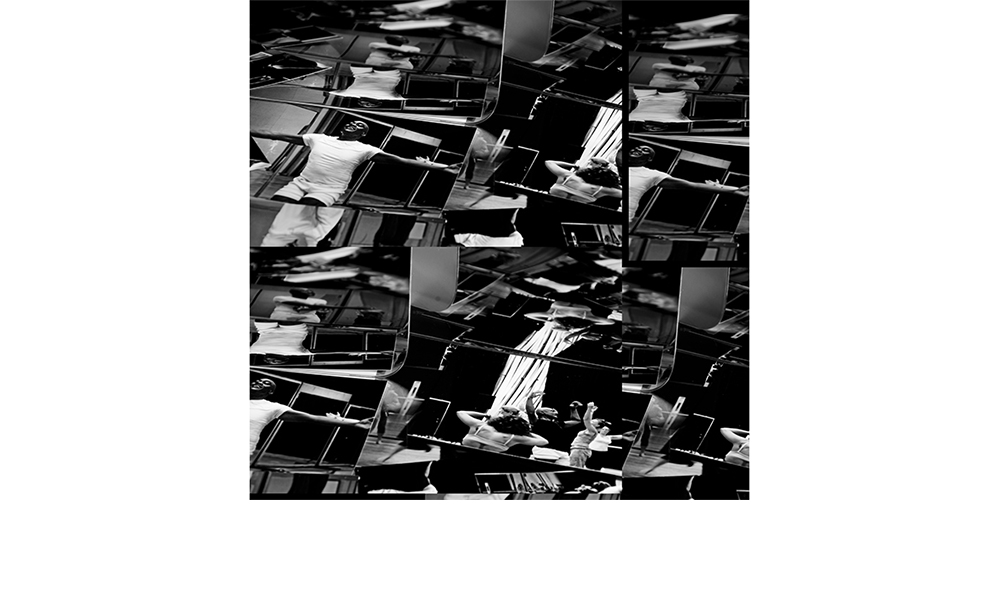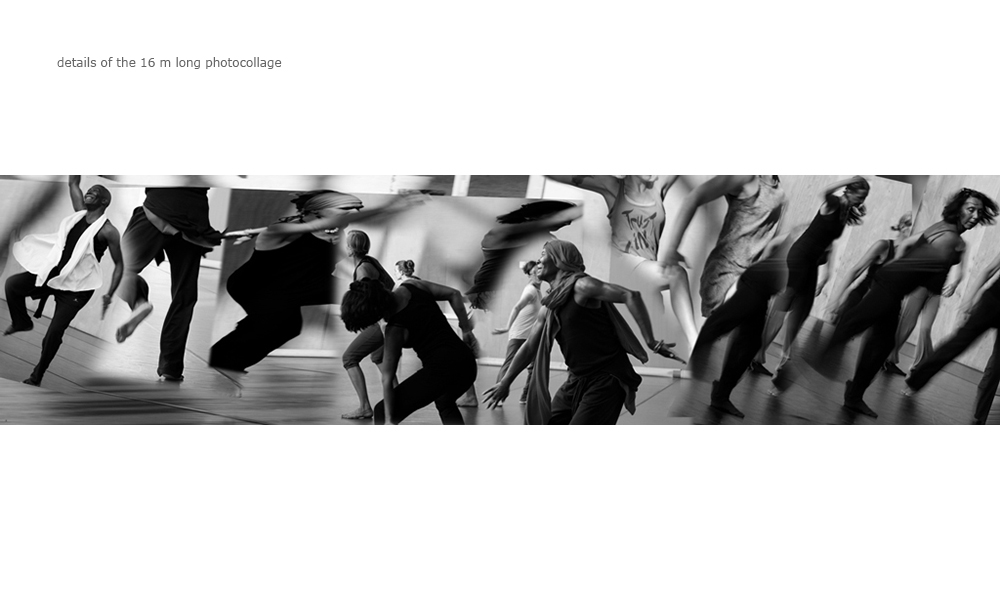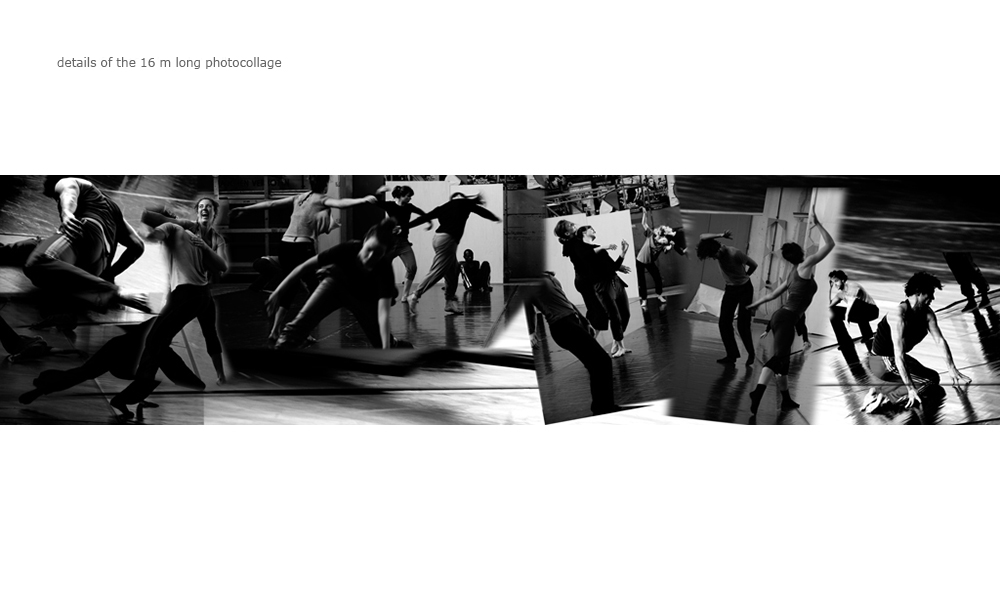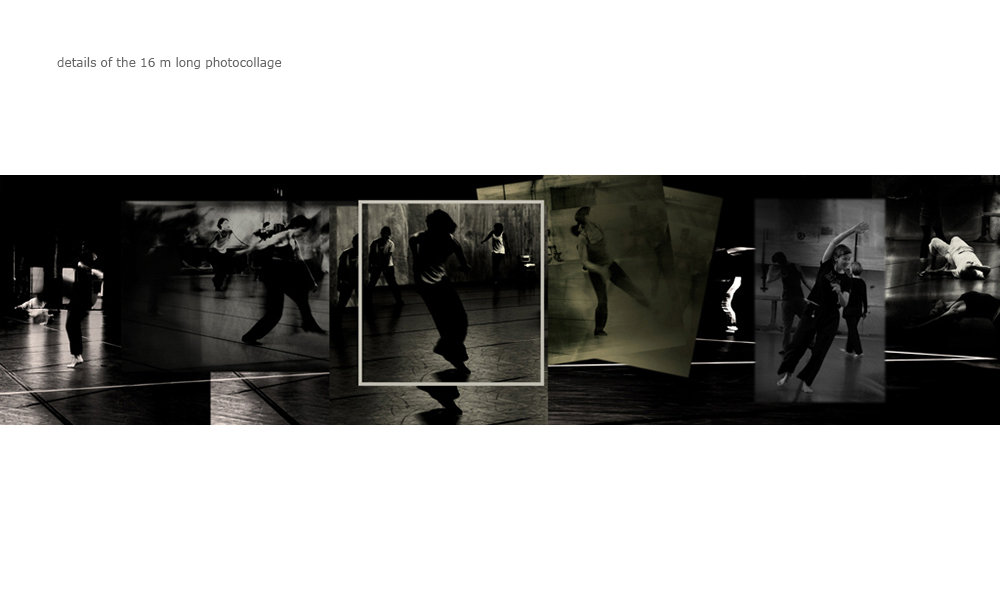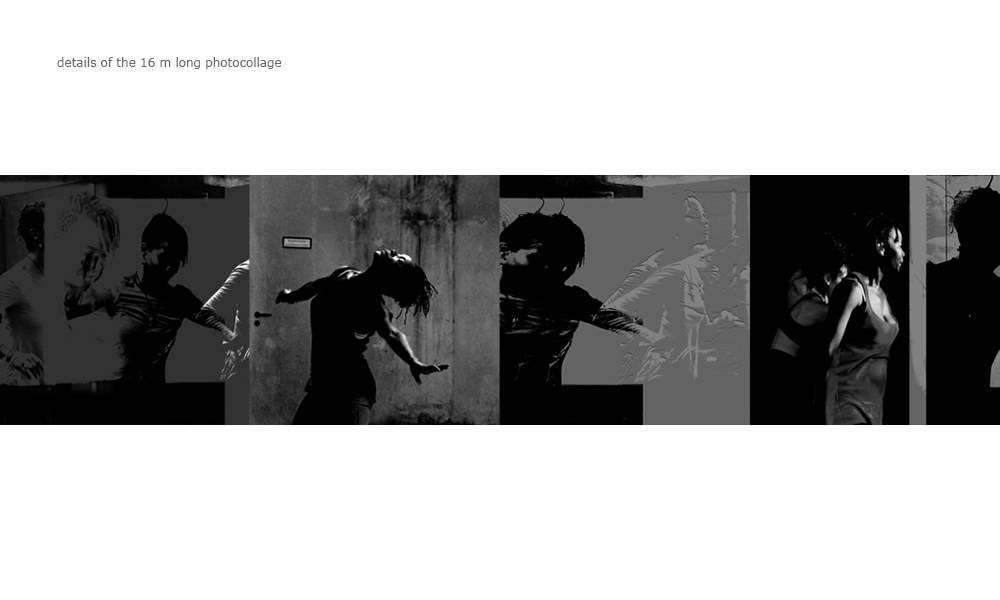|
|
|
BY KAROLINA MIERNIK & MAGDALENA ZEISEL Dance is movement. Photography is a standstill. Dance is performance. Photography is a snapshot. Dance only exists in the performance. Photography also in the reproduction. Despite their contrasts the relationship between dance and photography is a close one. The eternal longing for the illustration of movement exists since the beginning of photography. Dance, although it has been tried to be transformed into a medium/data in a comprehensive way, will only be able to show traces of movement. The two artists represented in this exhibition, Karolina Miernik and Magdalena Zeisel, found a medium in photography to visualize their fascinations with dance. The exhibited photographs arose from the past three years of ImPulsTanz workshops. In dance in general as well as in the artists' work and exhibition, space plays a central role. Space means on the one hand the "danced out room", which is taken in by the movements of the dancers, and on the other hand the concrete space which functions as a dance studio, workshop and showroom. Dance happens in space and is subject to its laws. Therefore Karolina Miernik's and Magdalena Zeisel's photographs are always rendered in their spacial effect. Spacial elements, shadows and light create structures and place the movements in patterns. Karolina Miernik's photographic gaze is directed to a lesser degree on individual dancers but more on the dancers as an entity in the room. How is the group operating in the space? In which way does the space influence the movement? To what extend is the choreography defined by the space? Those are central questions which are being raised by Karolina Miernik's photographs as well as the daily work of dancers and choreographers. The photographer presents both, groups of dancers and just fragments of their bodies. A dancer's foot can convey just as much movement as a whole dance company. In Magdalena Zeisel's work even empty rooms by themselves seem to impart the dynamic of a whole choreography. She chooses a (photographic) moment before or shortly after the dancers take up the room. Precisely through the not portraying of movement, suspense is noticeable. The "danced out" space reaches its height/climax in the sixteen meter long collage by Magdalena Zeisel. Through fragmentation and collaging a new photographic space is being generated. Simultaneously the space is being experienced in a physical way while the spectator is walking along the path to look at the collage. Just as the dancers in Magdalena Zeisel's collage are occupying the room, so the spectator is taking in the space through his movement, step by step. The pictures of Karolina Miernik and Magdalena Zeisel don't attempt to capture choreographic sequences or make movement straceable, but instead they are trying to reinvent movement. The movements per se are the focus, together with the dancing collection and the use of space. This introduces a new aesthetic quality. Dance is being experienced on another level and by doing so is in constant exchange with the photographic and physical space as well as the people in it. SOPHIE HASLINGER |
